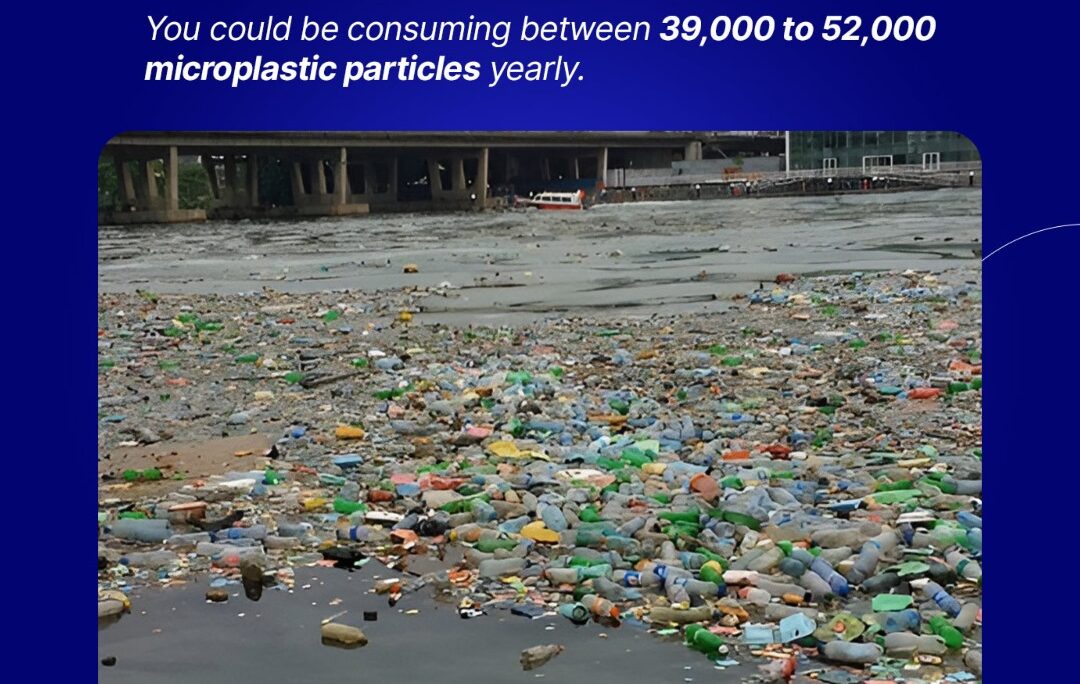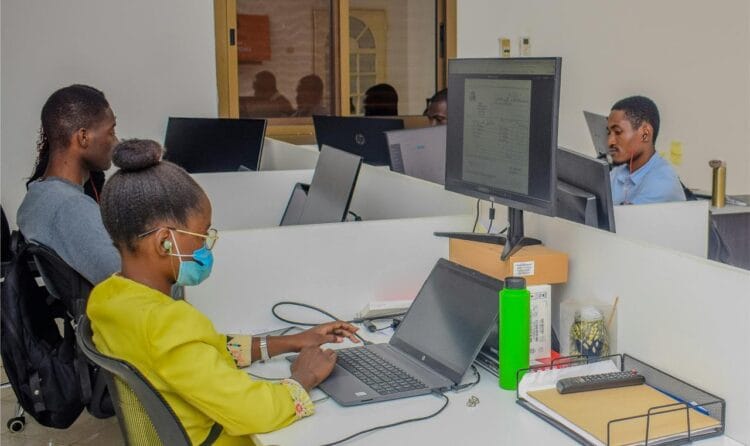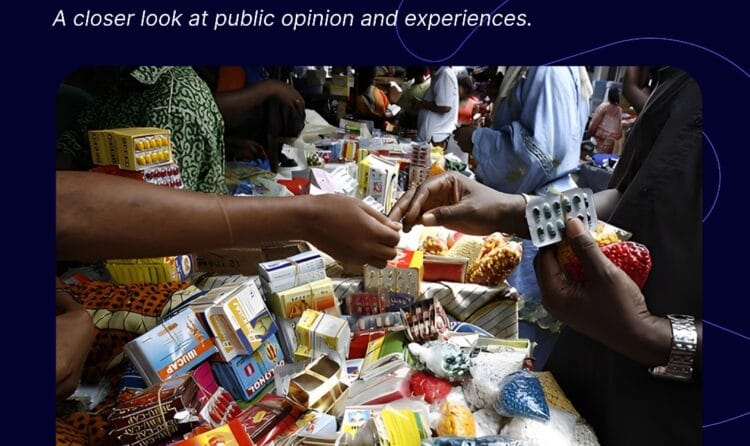Introduction
Plastic pollution has become a global concern, but what many people do not realize is that the problem is not just about visible plastic waste. It is about something far smaller and more dangerous called microplastics. These tiny plastic fragments are formed when larger plastics break down into smaller pieces over time. They are now found in water, soil, and even the air we breathe. Studies have shown that microplastics can enter the human body through food and water, posing potential risks to health and well-being.
Microplastics are not just an environmental issue. They are a human health challenge that calls for urgent attention. Recent research indicates that microplastics are present in seafood, drinking water, and even salt. This means that the plastic bottles and bags we use today could return to us tomorrow in the food we eat. Recent research shows that about a spoonful of microplastics and nanoplastics have been found in the brain [1]. More studies on impact on brain function, the digestive system, and overall health is still being carried out, but scientists warn that the risks could be significant. The situation becomes even more critical when you consider that plastic use continues to rise globally.
To understand the level of awareness about microplastics and their impact, ResearchGains conducted a survey. The findings provide a clear picture of what people know, what they do, and how ready they are to change. This article breaks down the key insights and what they mean for everyone who cares about the environment and their health.
What People Know About Microplastics
The analysis revealed that 84 percent of respondents correctly identified microplastics as tiny pieces of plastic that come from the breakdown of larger plastics. However, 12 percent still believe that microplastics are a type of bacteria found in dirty water, while 4 percent admitted they do not know what microplastics are. This shows that awareness is growing, but misconceptions remain.
Where Microplastics Come From
When asked about the most likely source of microplastics, 70 percent of respondents pointed to bottled water and drink containers as the main contributors. Interestingly, only 26 percent identified synthetic clothes and fabrics, which shed microfibers during washing. Just 4 percent believed fruits and vegetables could be a source, yet studies have shown that microplastics can cling to fresh produce through contaminated water or soil.
How Often People Use Plastic
The studies also highlighted our daily dependence on single-use plastics. Half of the respondents admitted using plastic items every day, while 36 percent use them a few times a week. Only 14 percent said they rarely use plastic products. This finding shows that reducing plastic pollution requires changing deeply ingrained habits.
How Plastic Waste is Disposed
Improper disposal of plastic waste remains a major challenge. About 62 percent of respondents throw plastic waste into general bins, while 16 percent dispose of it in open spaces or nearby bushes. Only 14 percent separate and recycle, and 8 percent burn their plastic waste. These practices increase the risk of microplastic contamination in the environment.
Awareness of Health Risks
Encouragingly, 74 percent of respondents know that microplastics can enter the food chain through fish and water. However, 20 percent are still unaware of this risk. This gap shows that while some people understand the dangers, many still underestimate the problem.
Access to Recycling Programs
Recycling infrastructure is lacking in many communities. Almost half of the respondents said there is no recycling program where they live, and 14 percent are not sure if one exists. This lack of access makes it harder for individuals to take practical steps toward reducing plastic waste.
Level of Concern and Willingness to Change
Similarly, 70 percent confirmed that they are very concerned about the impact of microplastics on health and the environment. Another 26 percent said they are somewhat concerned. Most importantly, 84 percent of respondents said they are willing to reduce plastic use if given alternatives such as reusable bottles and cloth bags. This is a strong indication that change is possible if affordable and accessible options are provided.
What This Means for Everyone
The data shows that awareness is high but action remains limited. People know that microplastics are harmful, yet daily habits and limited infrastructure make it hard to reduce plastic waste. This calls for stronger education campaigns, better waste management systems, and the promotion of alternatives to single-use plastics.
If you want to learn more about how ResearchGains is driving conversations around sustainability and health, visit our page for more insightful articles. You can also participate in our surveys to share your opinion and help shape better policies for the environment.
Call to Action
Microplastics are not going away anytime soon. Every plastic item you use today could end up in the food you eat tomorrow. Start small by reducing your dependence on single-use plastics. Use cloth bags instead of plastic ones, switch to reusable bottles, and separate your waste where possible. Together, we can create a cleaner and safer environment for future generations.
Reference
[1] Nihart, A.J., Garcia, M.A., El Hayek, E. et al. Bioaccumulation of microplastics in decedent human brains. Nat Med 31, 1114–1119 (2025). https://doi.org/10.1038/s41591-024-03453-1





